What Happens If You Drink Alcohol After Taking Paracetamol?


Related products
Paracetamol, known as acetaminophen in some regions, is a staple in the treatment of pain and fever, readily available without a prescription. As a widely used medication, it serves a critical role in both over-the-counter and prescription capacities for managing a variety of conditions from minor aches to severe pain in conjunction with other medications. Similarly, alcohol is consumed globally, embedded deeply within numerous cultural and social practices. Given the prevalence of both substances, understanding their combined effects on health is vital. The importance of this knowledge cannot be overstated, as mixing alcohol with paracetamol can lead to significant health risks, particularly related to liver damage.
What is Paracetamol?
Paracetamol acts primarily in the central nervous system, inhibiting prostaglandin synthesis, thus reducing pain and fever. Despite its efficacy, the mechanism by which paracetamol achieves its effects is not fully understood but is believed to involve central inhibition of COX enzymes. Available commonly in tablets, capsules, liquid suspensions, and suppositories, paracetamol is accessible for adults and children alike. It is safe to take paracetamol on an empty stomach.
“Paracetamol is universally recognised for its efficacy, but it must be used responsibly to avoid potential toxicity,” notes Dr. Harriet Eldred, a clinical pharmacologist. Adults typically take 500 mg to 1,000 mg per dose, not exceeding 4,000 mg within 24 hours. In children, the dosage is adjusted by weight, ensuring a safe threshold is not surpassed. Paracetamol is often preferred over ibuprofen for certain types of pain, such as headaches and stomach ache.
However, despite its widespread use and safety profile, paracetamol is not without risks. Overdose can lead to acute liver failure, a condition potentially fatal if not treated promptly. “The therapeutic margin between a safe dose and a potentially harmful one is narrow, making overdose a real risk, particularly in those who may not follow dosing recommendations closely,” explains Dr. Eldred. When comparing the effectiveness of paracetamol with other painkillers, it is important to consider its compatibility with alcohol, contraception, and food or drink.
What are the Basics of Alcohol Consumption?
Alcohol, when consumed, is absorbed from the gut into the bloodstream, where it is transported to the liver to be metabolised. The liver can process only a certain amount of alcohol per hour, regardless of the amount consumed; this rate varies by individual, influenced by factors such as age, sex, weight, and liver health. Alcohol’s primary effect is on the central nervous system, where it acts as a depressant, slowing down brain function and altering behaviour and judgment.
Excessive consumption of alcohol can lead to a variety of health issues, including liver disease, cardiovascular problems, and disorders involving the nervous system. “Alcohol is metabolised by liver enzymes, which can be overwhelmed by high levels of intake, leading to liver damage and other systemic effects,” says Dr. Fiona Briggs, a hepatologist. Additionally, alcohol increases the risk of liver damage when combined with other substances such as ketamine, amphetamines, poppers, methadone, and heroin.
The risks associated with excessive alcohol consumption are profound. Statistically, chronic alcohol abuse is one of the leading causes of liver disease worldwide. In the UK, liver disease accounts for approximately 5,400 deaths each year, a significant portion of which is attributed to excessive alcohol consumption.
What Happens If You Drink Alcohol After Taking Paracetamol?
Drinking alcohol after taking paracetamol can increase the risk of liver damage due to the heightened production of toxic metabolites in the liver. Paracetamol and alcohol are both metabolised by the liver, primarily using the cytochrome P450 enzyme system. When taken in moderation and separately, the liver can generally manage the metabolism of these substances without significant difficulty. However, the concurrent consumption of paracetamol and alcohol can lead to a competitive inhibition of the metabolic pathways. It is crucial to adhere to the recommended dose of paracetamol to avoid potential health risks.
“Mixing alcohol with paracetamol can increase the production of toxic metabolites, particularly one known as NAPQI,” explains Dr. Briggs. Normally, NAPQI is detoxified by glutathione, a protective antioxidant. However, alcohol consumption reduces glutathione levels, diminishing the liver’s ability to neutralise NAPQI. The risk of paracetamol overdose is significantly heightened when combined with alcohol, leading to enhanced hepatotoxicity.
The result of this interaction is an increased risk of hepatotoxicity. According to studies, the risk of acute liver damage escalates when alcohol and paracetamol are consumed together, especially in cases of chronic alcohol abuse or fasting, which further depletes glutathione stores. This combination can lead to severe liver injury and even acute liver failure, underscoring the critical need for public awareness and education on the safe use of paracetamol, particularly among those who consume alcohol regularly. The potential for severe liver damage is notably higher in individuals who mix paracetamol with alcohol.

Health Risks of Mixing Alcohol with Paracetamol: Liver Damage
The concurrent use of paracetamol and alcohol significantly enhances the risk of liver damage due to the increased formation of toxic metabolites that overwhelm the liver’s processing capacity. Dr. Briggs elaborates, “When both substances are metabolized concurrently, there is a significant increase in the stress placed on the liver’s detoxification pathways, potentially leading to hepatocellular damage.” This damage can manifest not just as elevated liver enzymes on blood tests but can progress to more severe liver injury. Individuals with liver problems should avoid mixing alcohol with paracetamol.
One of the most severe outcomes of this interaction is acute liver failure, a potentially life-threatening condition. Symptoms of acute liver failure include jaundice (yellowing of the skin and eyes), confusion, abdominal swelling, an abnormal coagulation profile, and altered mental status. “Patients with acute liver failure require immediate medical intervention, as the condition can deteriorate rapidly, leading to significant morbidity and mortality,” states Dr. Emily Clarkson, a specialist in liver diseases. It is advisable to check the medicine packet for dosage instructions.
Beyond the risk to the liver, the combination of paracetamol and alcohol can affect other organ systems. For instance, it can exacerbate gastrointestinal distress, leading to gastritis or ulcers, and can impair kidney function. Additionally, the sedative effects of alcohol can be enhanced, increasing the risk of accidents and injuries. Continue to learn more about What Are the Risks of Paracetamol?
Safety Guidelines and Recommendations
Given the risks associated with the concurrent use of alcohol and paracetamol, it is imperative to adhere to specific safety guidelines to minimize potential harm. “Individuals should ideally wait at least 4 to 6 hours after consuming alcohol before taking paracetamol,” advises Dr. Clarkson. This interval helps ensure that alcohol levels in the blood have subsided and the liver can process paracetamol more effectively without the added stress of alcohol. Excessive paracetamol intake can significantly increase the risk of liver damage, especially when combined with alcohol.
Regarding dosage, Dr. Clarkson recommends that “if alcohol consumption is anticipated, individuals should limit the paracetamol dose to the lower end of the recommended range to reduce the load on the liver.” It is crucial for individuals to avoid repeated paracetamol doses if they continue to consume alcohol. Taking too much paracetamol can lead to severe liver damage and other health complications.
Consultation with a healthcare professional is advised under several circumstances:
-
If there is any uncertainty about the safety of combining paracetamol with the quantity of alcohol consumed.
-
If symptoms of potential liver damage occur, such as fatigue, nausea, jaundice, or dark urine.
-
If there is an existing liver condition or a history of substantial alcohol use, which may require personalized medical advice.
People Also Ask
What happens if you drink alcohol and take painkillers?
Drinking alcohol while taking painkillers can lead to various risks and adverse effects, depending on the type of painkiller. For non-opioid painkillers like paracetamol (acetaminophen), the combination can increase the risk of liver damage due to the enhanced metabolic stress on the liver. For opioid painkillers, mixing with alcohol can significantly increase the risk of respiratory depression, sedation, and potentially fatal overdose. Both combinations can also increase the risk of gastrointestinal bleeding, especially with NSAIDs (non-steroidal anti-inflammatory drugs) like ibuprofen or aspirin. It’s generally recommended to avoid alcohol when taking any kind of pain medication due to these potential risks. However, it is safe to take paracetamol regularly for many years, as long as the recommended dose is not exceeded.
How long does it take for paracetamol to leave your system?
Paracetamol is usually metabolized and eliminated from the body relatively quickly. Typically, it has a half-life in the blood of 1 to 4 hours for most adults, which means it takes about this time for the concentration of paracetamol in the blood to reduce by half. It usually takes about 24 hours for paracetamol to be completely cleared from the system of a healthy adult with proper liver function. However, this duration can vary depending on factors like liver health, age, dosage, and overall health of the individual.
Is paracetamol good for after drinking?
Paracetamol is not generally recommended for hangover relief or after drinking alcohol. Although it can help relieve headaches or body aches associated with hangovers, there is a significant risk if the liver is still processing alcohol. The combination can increase the production of toxic metabolites, potentially leading to liver damage. Safer alternatives for hangover symptoms include hydration, rest, and possibly NSAIDs like ibuprofen, provided there are no contraindications to their use with alcohol, and consumption is moderate. It's best to consult with a healthcare provider for advice tailored to individual health needs.
Conclusion
The interaction between paracetamol and alcohol serves as a critical example of how commonly used substances, when combined, can pose significant health risks. The potential for increased liver damage and other health complications necessitates a cautious approach and adherence to safety guidelines. Public education and awareness about the dangers of mixing alcohol with paracetamol are crucial in preventing acute liver failure and other adverse effects. As always, consultation with healthcare professionals is recommended to ensure safe medication practices, especially in contexts involving the simultaneous use of multiple substances that are metabolized by the liver.



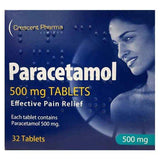
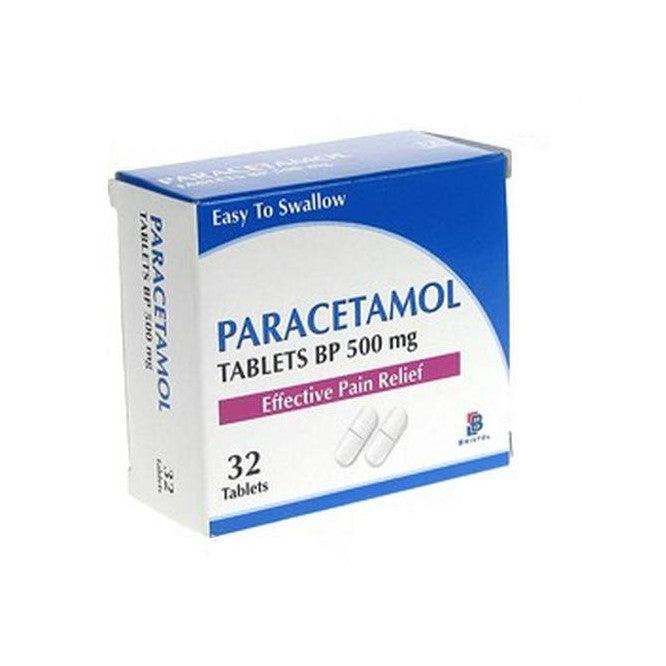
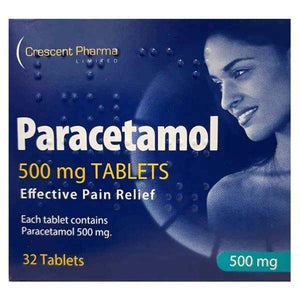
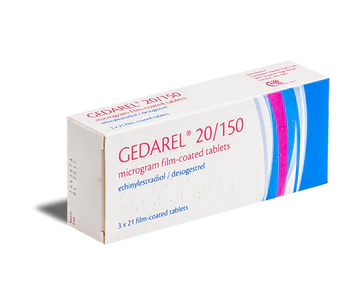
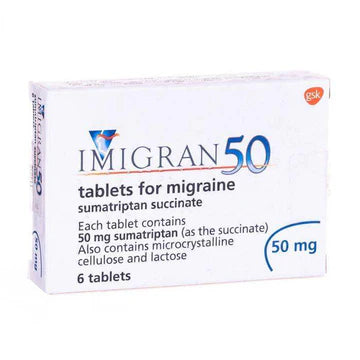
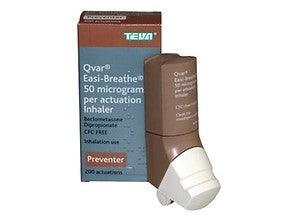
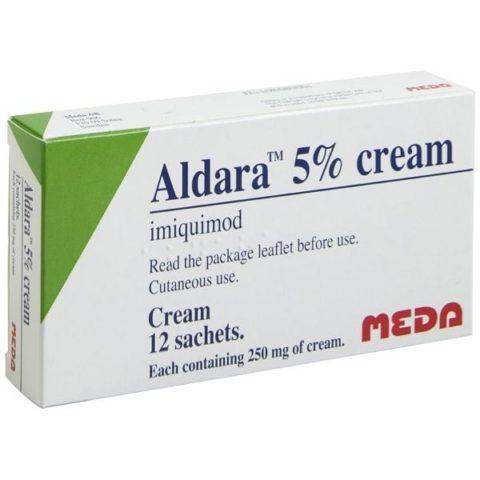
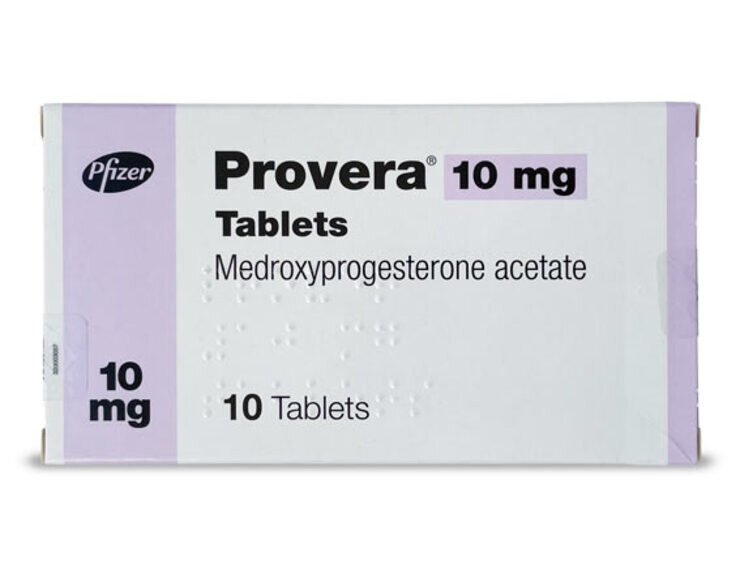
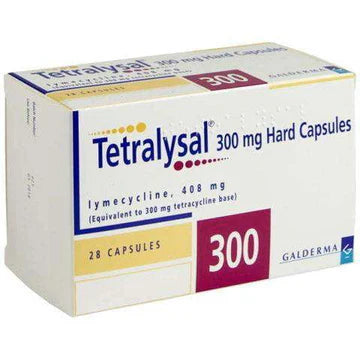

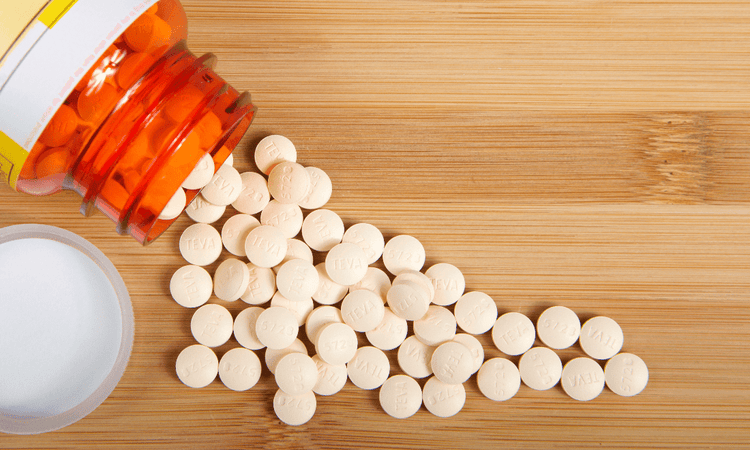
 Rated Excellent by 26,523+ Reviews
Rated Excellent by 26,523+ Reviews